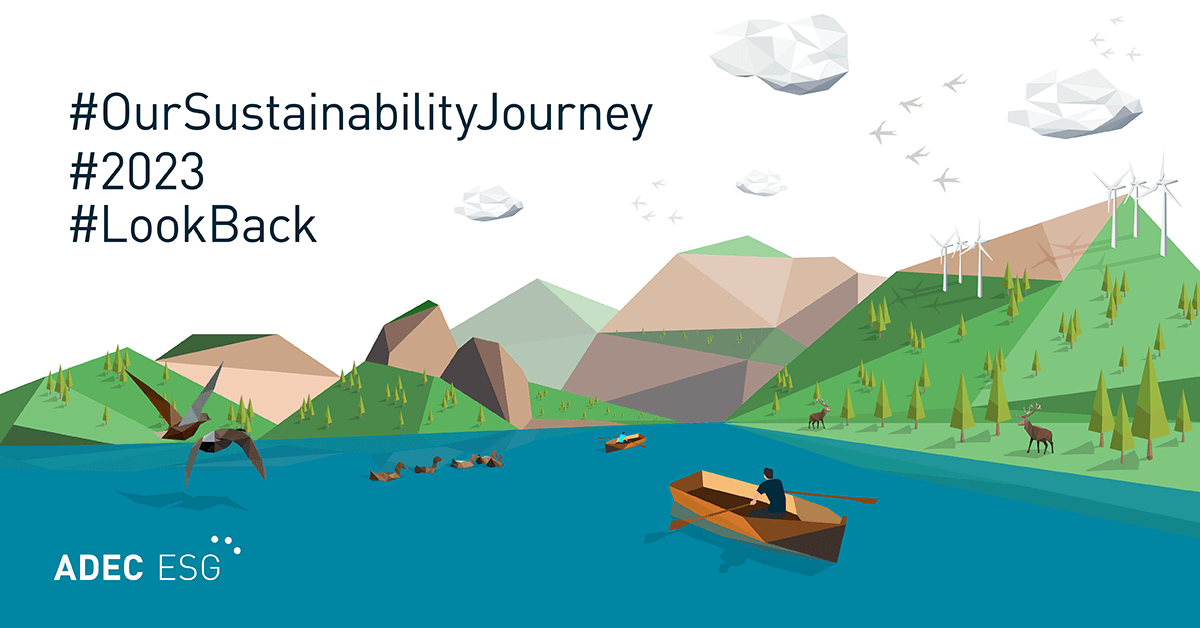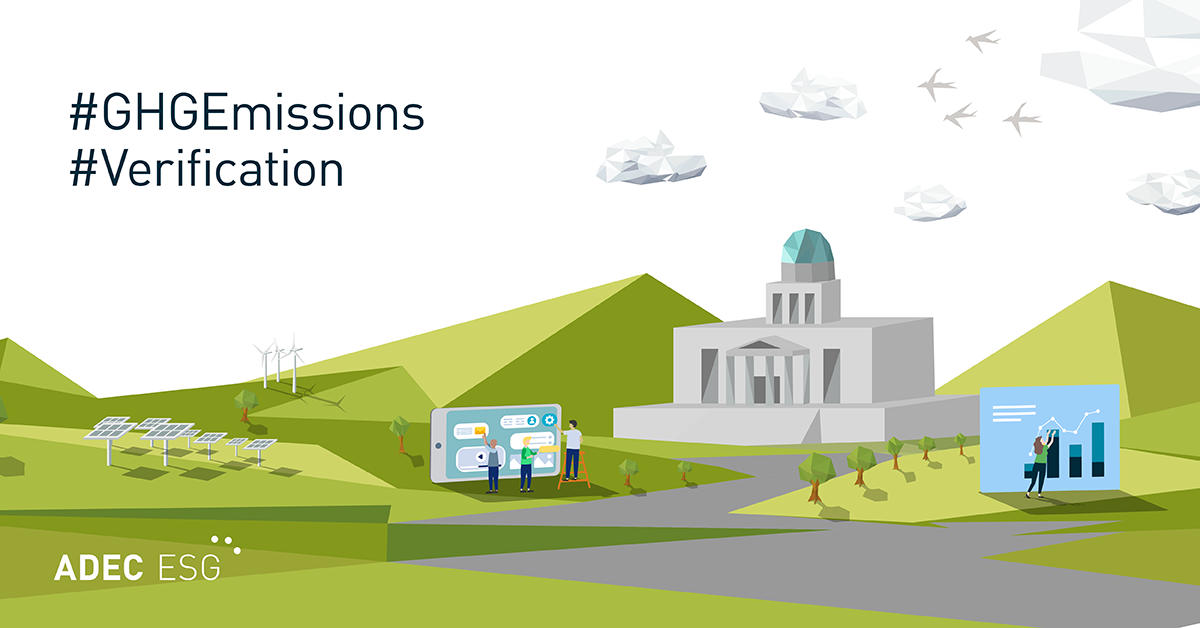Since the early days of civilization, man has made attempts to record information about the world he lives in. As far back as 7,000 years ago, Sumerians used clay tablets to keep records of daily events, astronomy, literature and even business matters. Today, everything can be recorded making the storage, analysis and manipulation of vast amounts of information far from straightforward. These mammoth data sets are known as Big Data.
According to the FirstCarbon Solutions (FCS) white paper, Big Data is growing by 40% yearly. Understandably, the market to manage it is also expected to grow dramatically from $3.2 billion in 2010 to $16.9 billion in 2015. The report cites “cheaper storage, greater emphasis on governance and risk reporting, and the need for larger market data sets over longer time periods”, as some of the drivers. As grueling as it is to extract and manage big data, harnessing it presents valuable opportunities. Data and analytics lead to sound decision-making; moreover, big data is becoming more and more invaluable to assist environmental sustainability professionals.
Different stakeholders look for different information, making it hard for businesses to satisfy them using the same reports. Investors may look for supply chain information while the public may look for data on a company’s environmental impact and recycling efforts. Gathering and managing this data also presents more issues as they come in a variety of formats. Effective and efficient management of big data is the solution to all of this. To achieve this, businesses must first identify their critical data sets – based on the firm’s and its stakeholders’ needs.
Businesses should look into the sustainability efforts across the industry and amongst its competitors to see which issues need to be addressed; more importantly, how and why. Some benchmarking sources that enterprises can use include CR’s 100 Best Corporate Citizens and Newsweek Green Rankings. Companies can also use major reporting standards like the Global Reporting Initiative (GRI), the UN Global Compact (UNGC) and CDP. Many firms report to these organizations as a tool to strengthen sustainability efforts and as a communications piece for its stakeholders.
An environmental issues map can also benefit companies who wish to identify critical data sets as it highlights environmental issues and solutions to these. The map can serve as a stand-alone effort or the first to achieving a full materiality analysis. In creating an environmental issues map, answer questions such as: “What are the firm’s biggest environmental impacts?”, “When and where do these arise?”, and “How would the public view the company’s environmental performance?”. Similar to environmental issues mapping, Materiality Analysis helps prioritize sustainability risks and opportunities. This method determines the most pressing sustainability issues a firm is facing by understanding, evaluating and weighing the needs of stakeholders and reviewing impacts of these issues.
Dell employs a three-step process for its materiality analysis:

On the other hand, Heinz’s materiality analysis uses a two-dimensional matrix to determine which issues are of the highest concern to stakeholders. Through this process, Heinz was able to identify its top 5 sustainability concerns:

Once a firm has identified which data sets are crucial to its sustainability efforts, the next step is to find out where it is and how to gather this information. This is the problem most organizations face as environmental and sustainability data come from sources worldwide, in varying formats. In addition to this, the immense volume of big data makes its handling seem formidable. The volume of data from different industries is set to increase by 800% in five years. Just in 2011, the amount of information reached 1.8 zettabytes (1.8 trillion gigabytes), from which 90% are unstructured.
Whether data is collected manually or through advanced technology, it needs to be standardized and managed before it can be useful. Assigning the gathering and analysis of this data to important personnel can prove costly and inefficient. To solve this, the standardization service could be outsourced to ensure the accuracy and quality of the process while improving a company’s core competencies by helping firms focus on them.
While standardization may mean many things, what is measured, the context and metrics should remain consistent. Businesses should keep their methods constant be it resource spent per unit produced, energy reduced or end-to-end supply chain analysis.
Handling big data may seem herculean but it really doesn’t have to be. Learn more about how ADEC ESG can help support your organization’s ESG data management goals, from greenhouse gas emissions inventory development to social and governance metric tracking.




